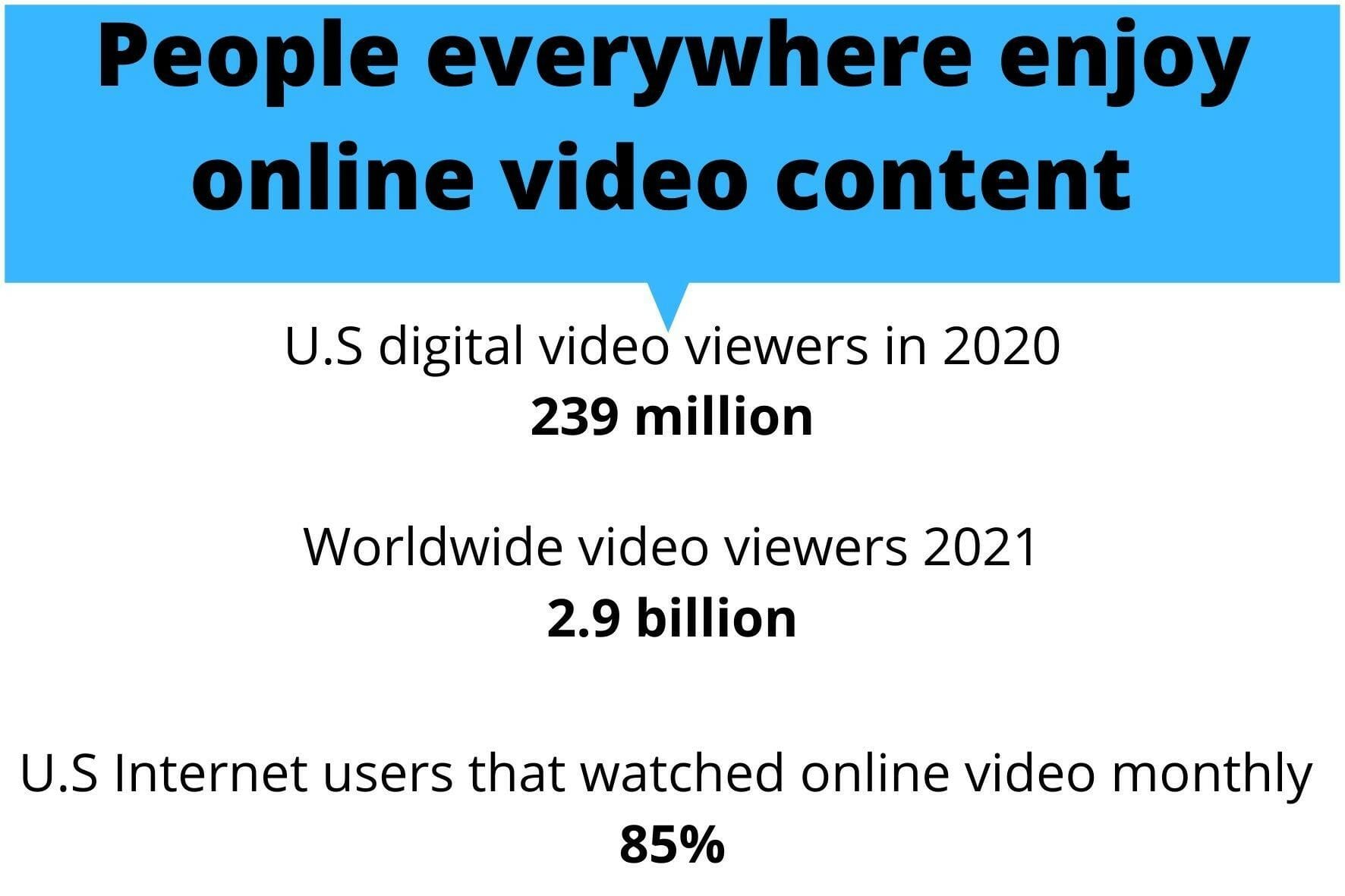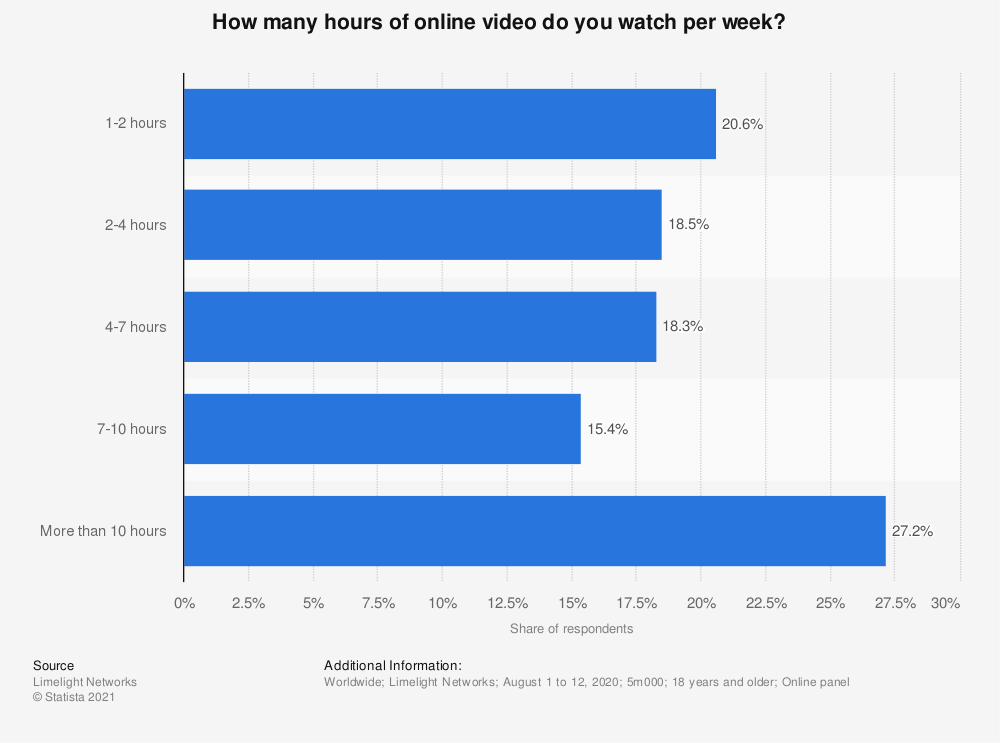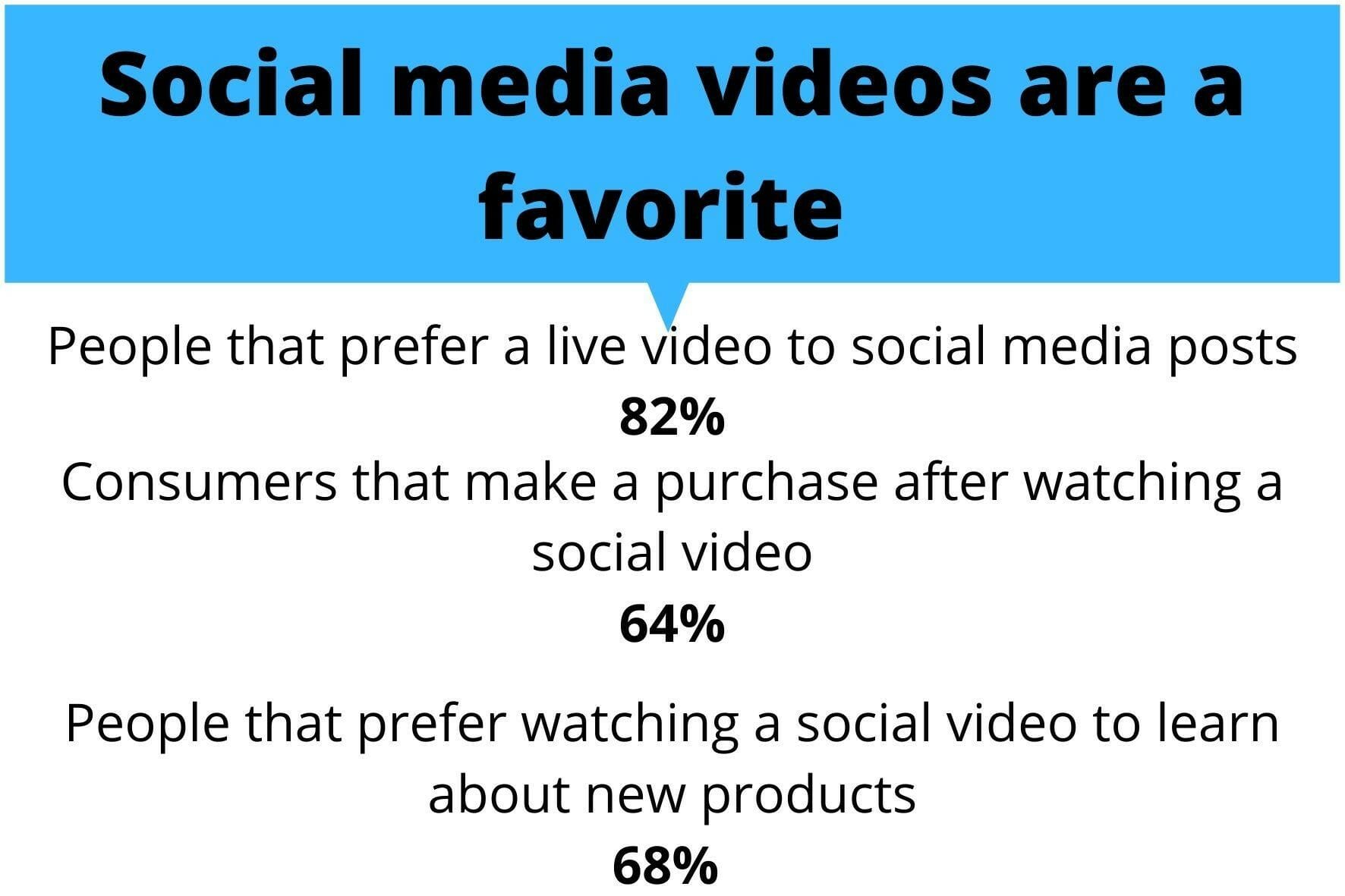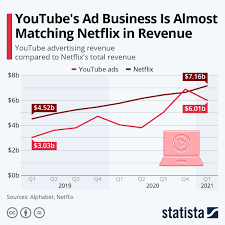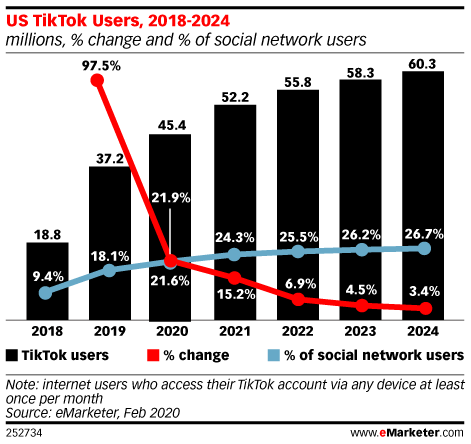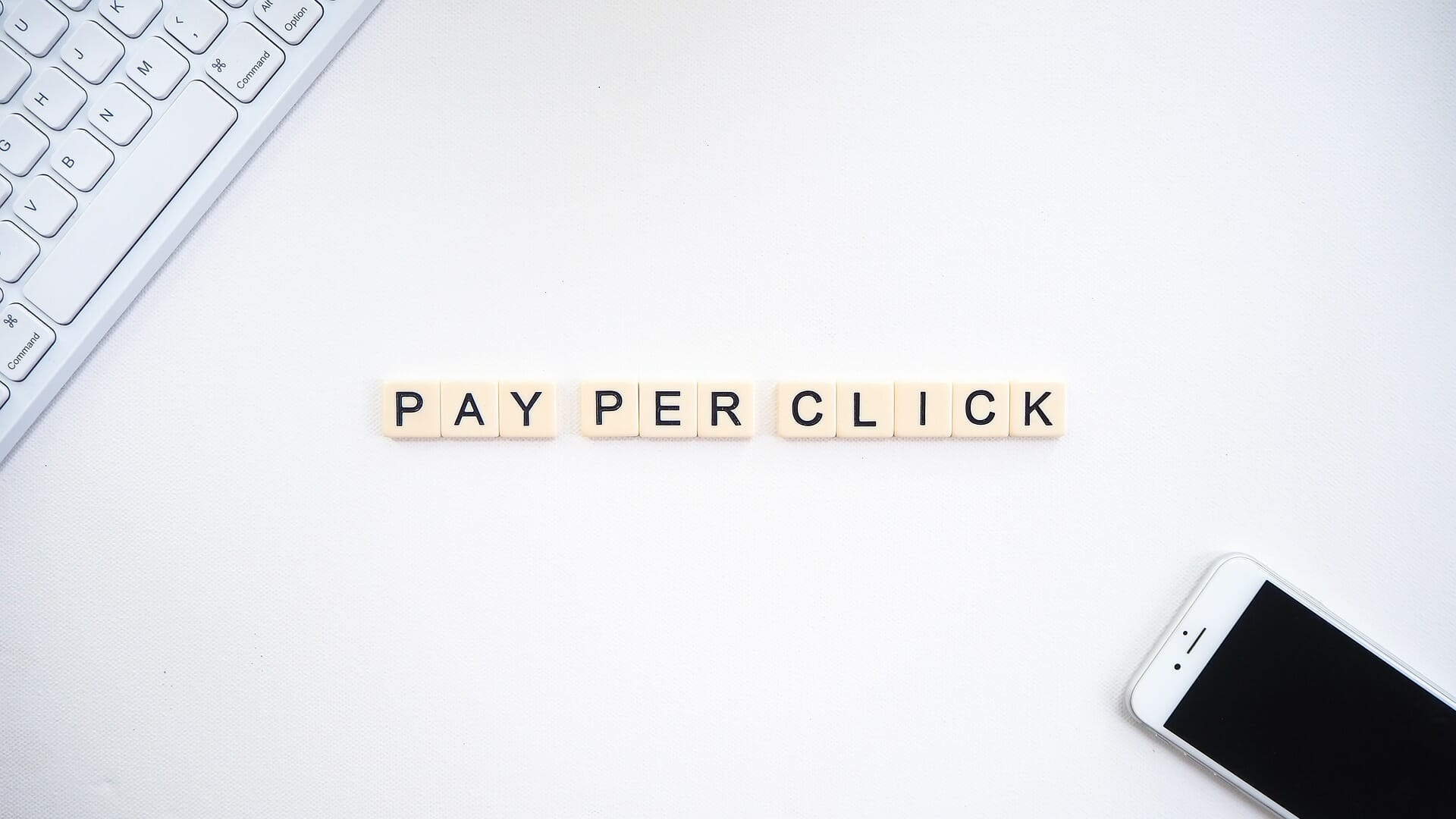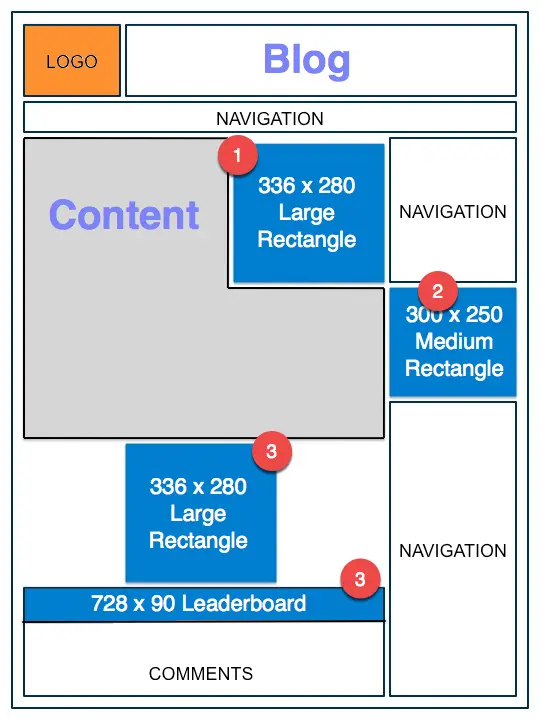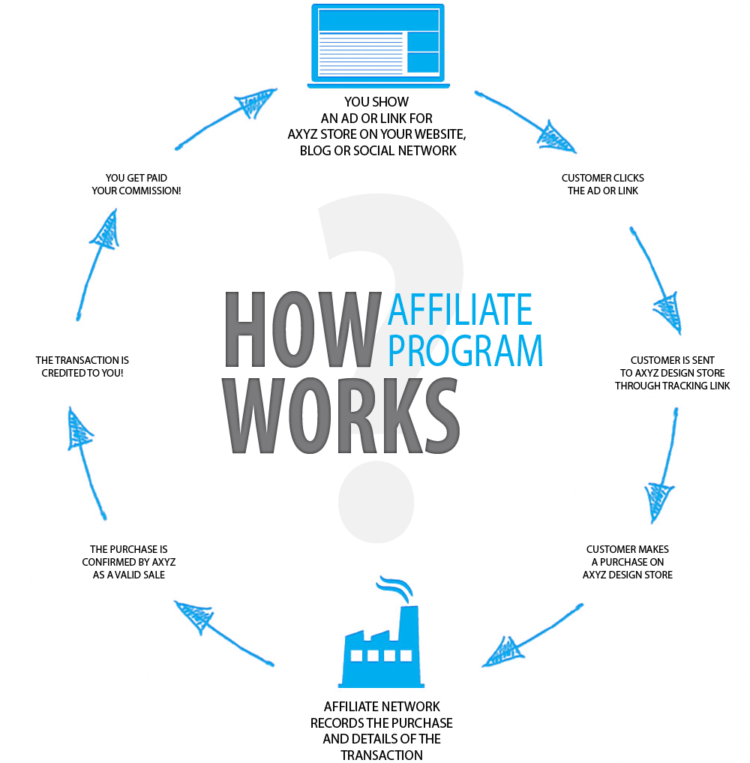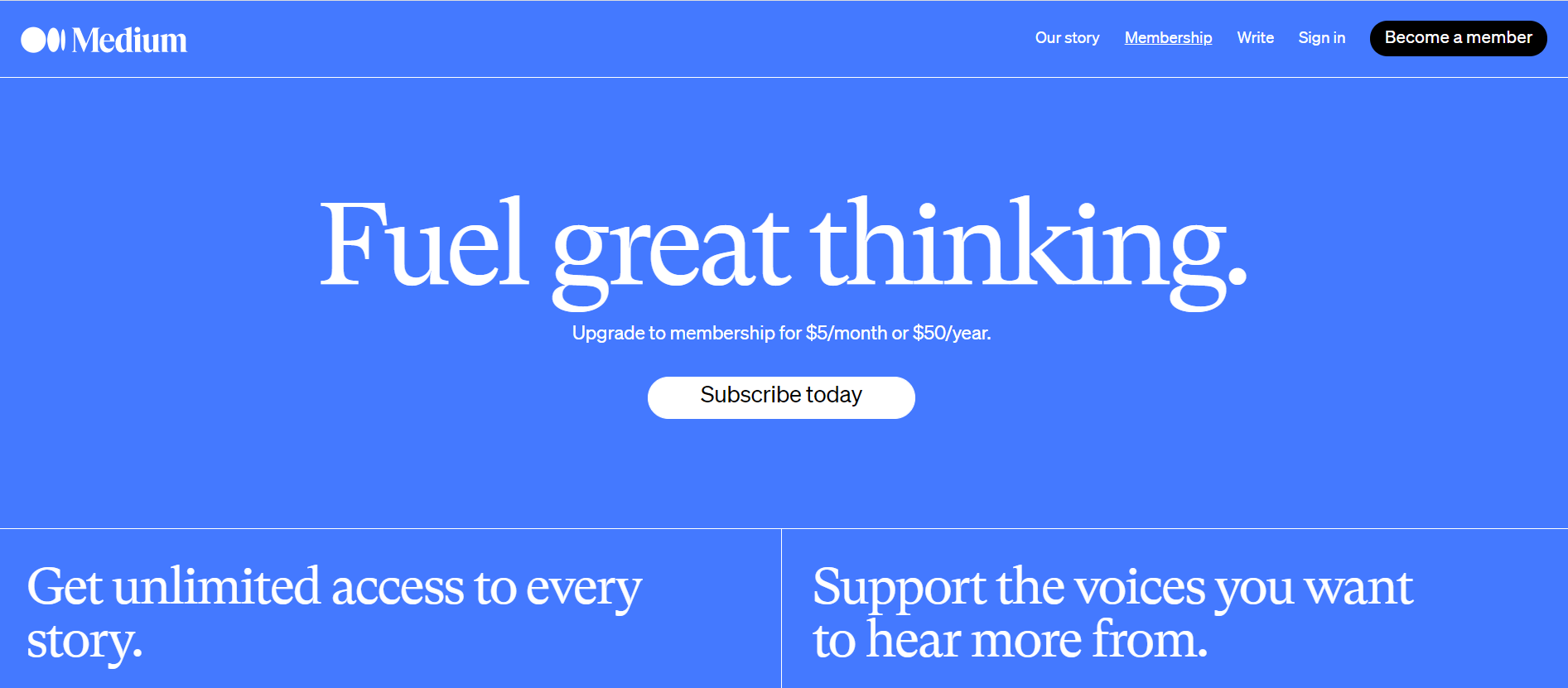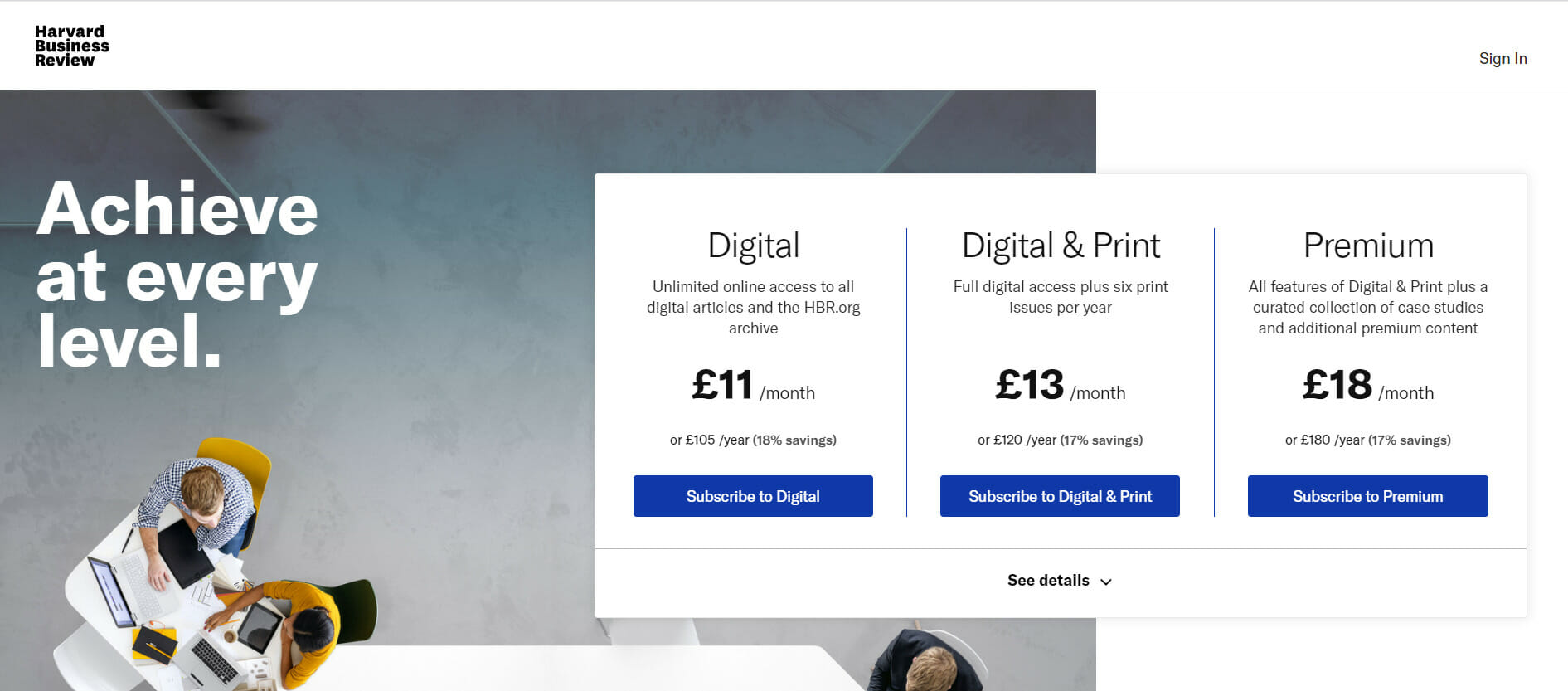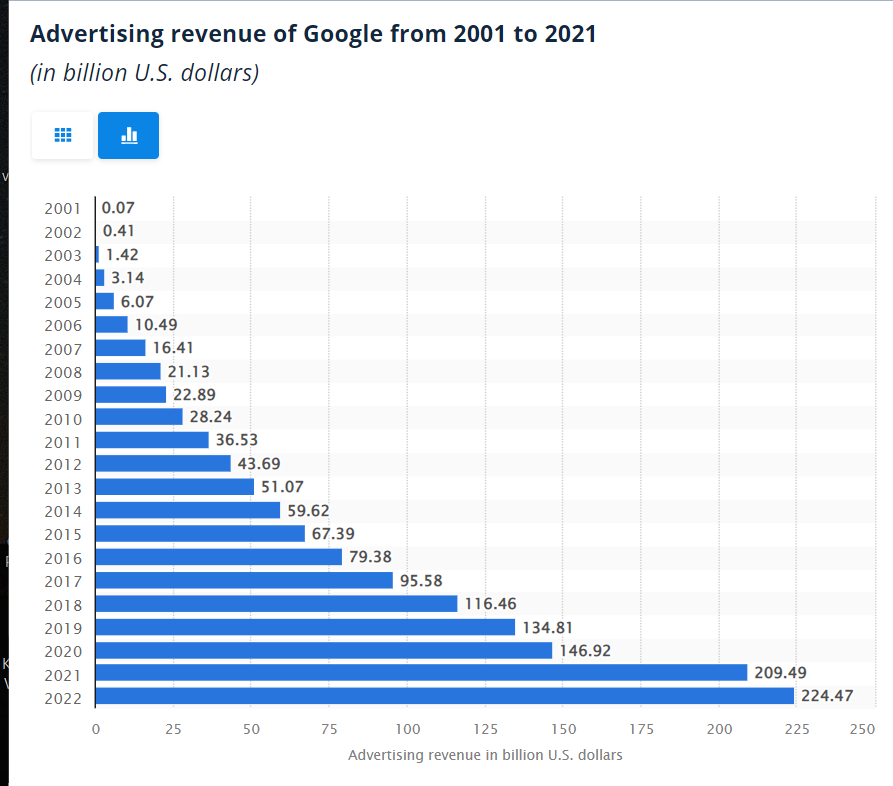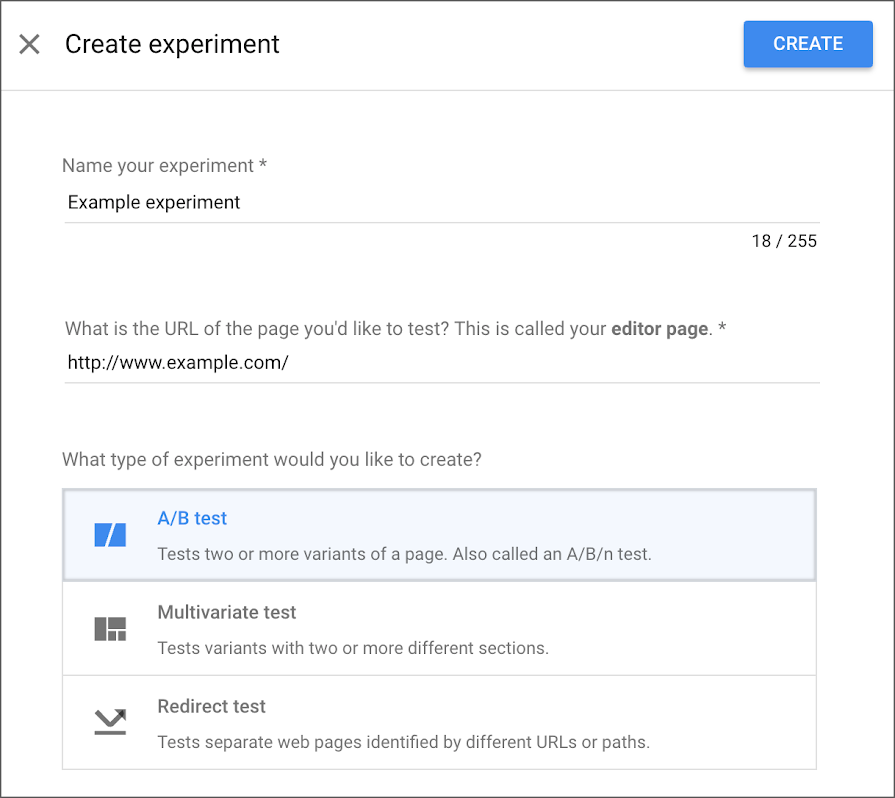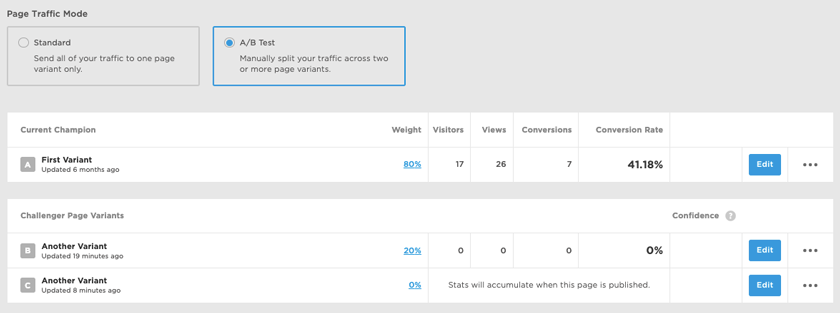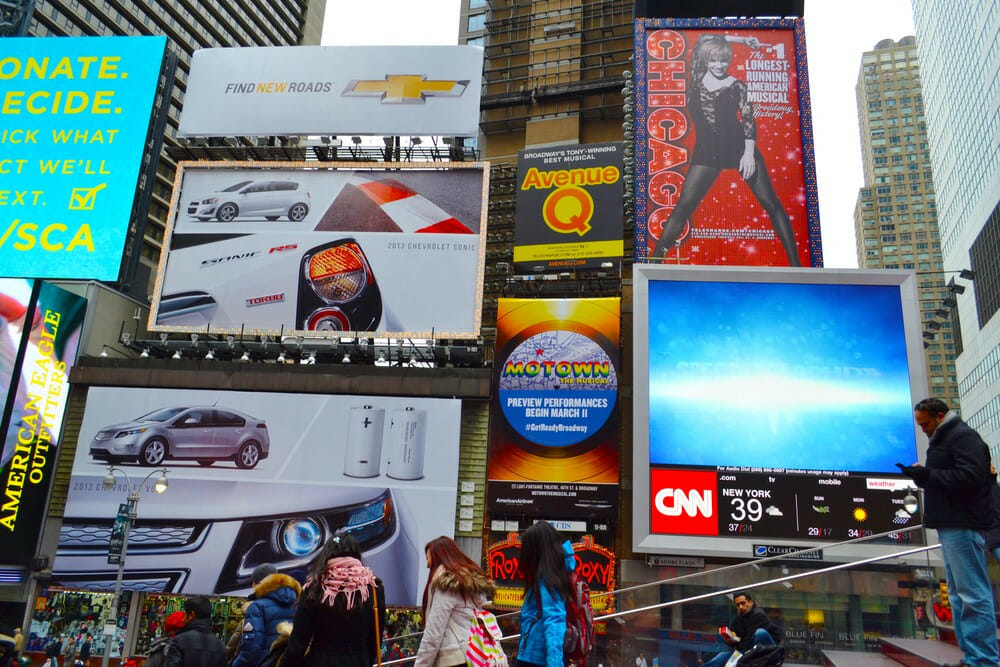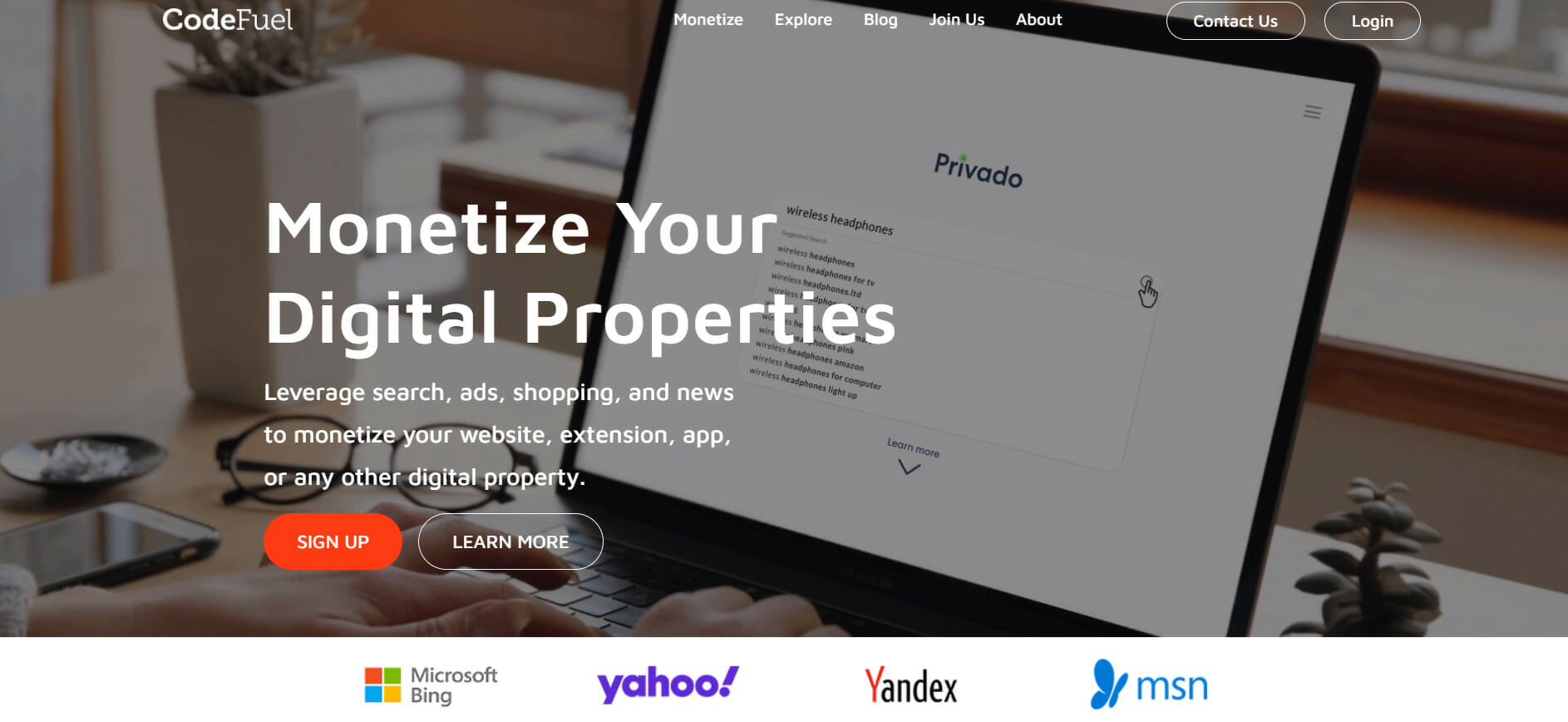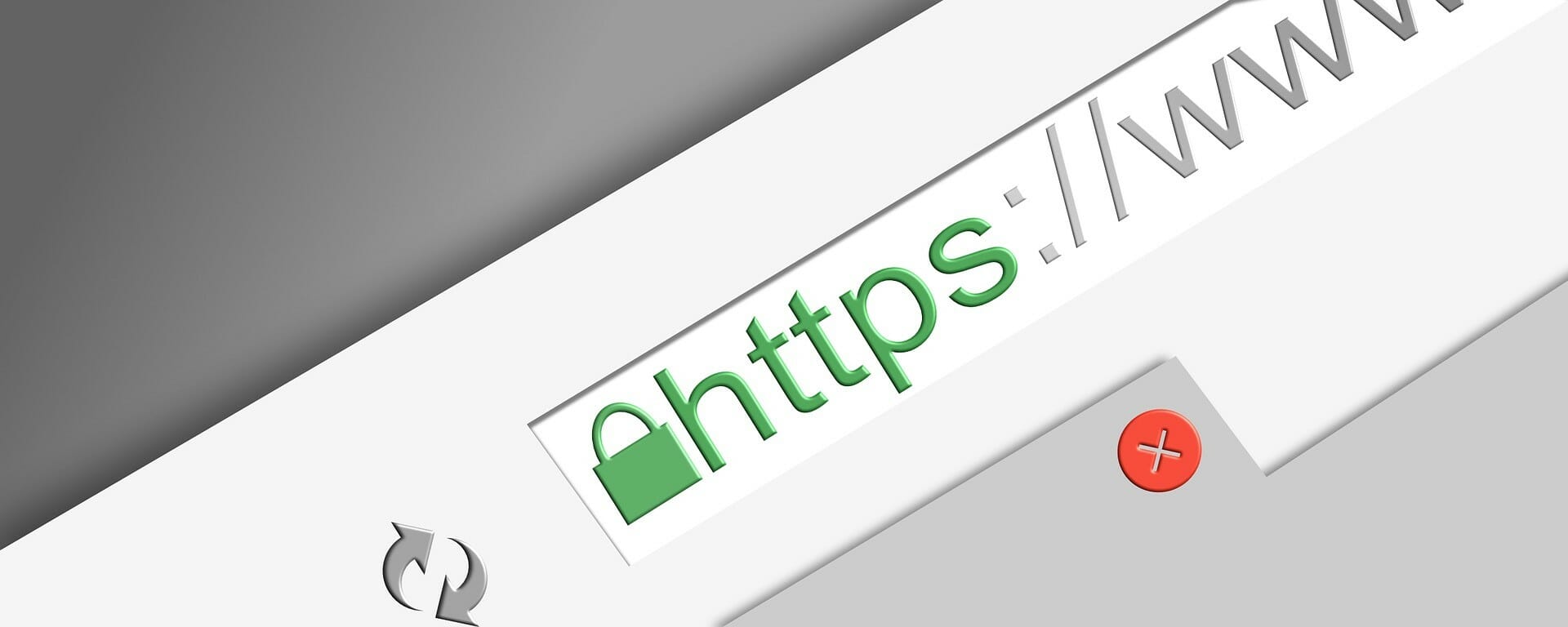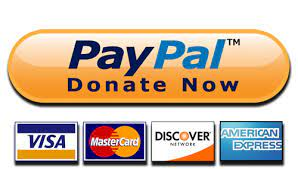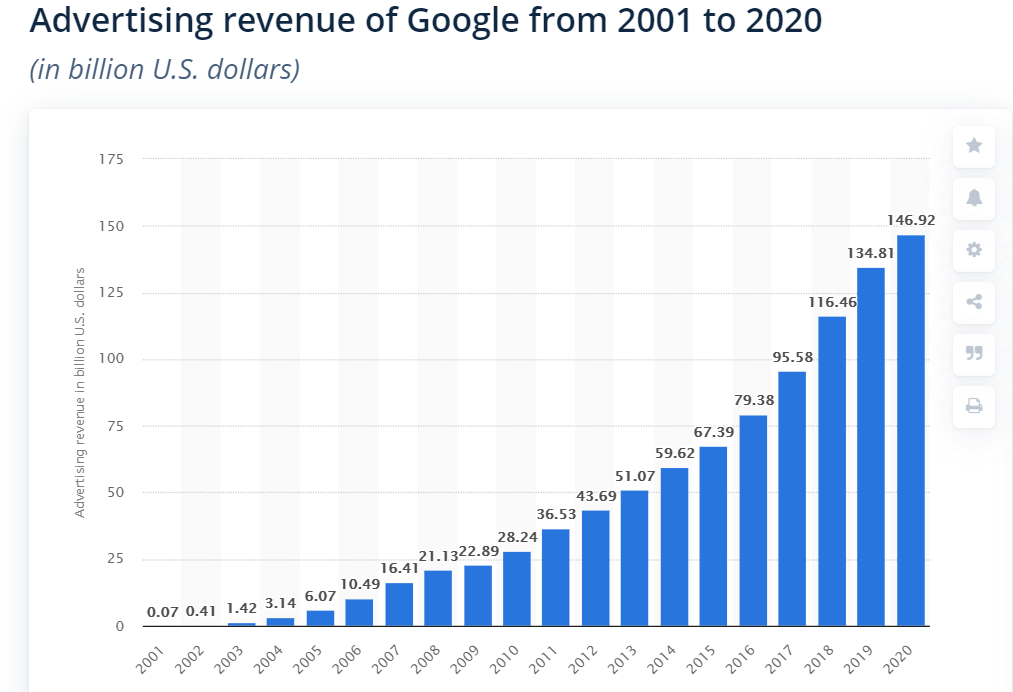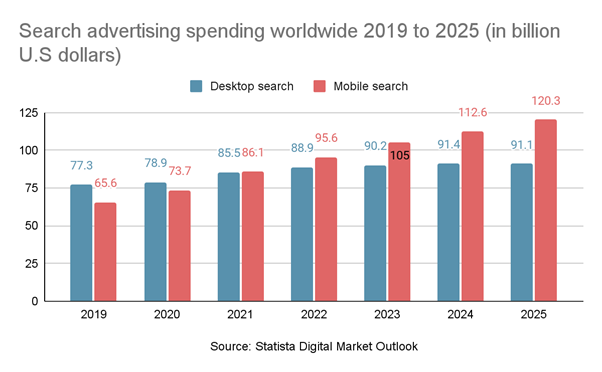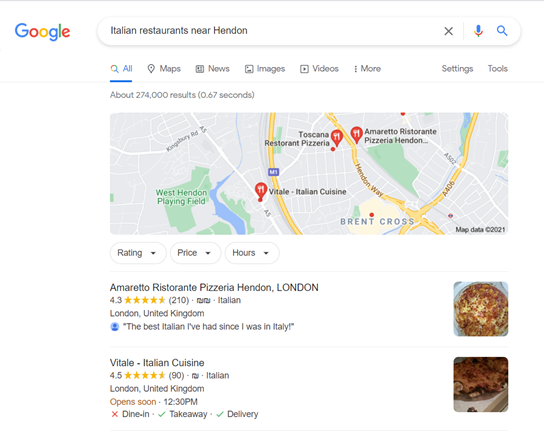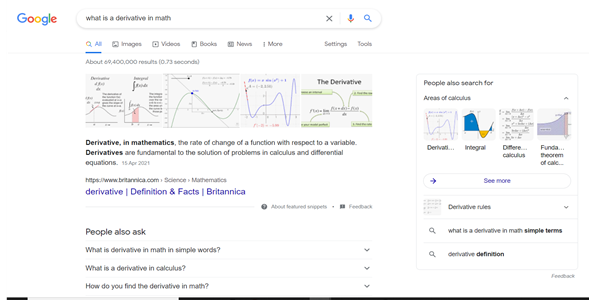
CPC vs CPM Bidding: What’s the Difference in 2024?
CPM and CPC are pricing options that define how much money an advertiser will pay for an ad campaign on a website. Advertisers bid on ad networks according to these pricing options toon get the best placement for their ads.
As an advertiser, which one should you choose? As a publisher, which option pays better? Here at CodeFuel, we prepared this guide to walk you through the nuts and bolts of CPM vs CPC bidding.
In this post
What Is Cost Per Click
| Cost per Click definition: It refers to the amount you get paid every time a visitor clicks on an ad on your website. For advertisers is the cost they pay to the publisher per every click. |
For example, if the advertiser’s campaign generates 1,000 clicks at a $3 CPC, you will get paid $3000.
Example for advertisers
Advertising budget: $100
Pricing model: $0.07 CPC
Number of clicks/budget: ($100/$0.04) = 2500 clicks
Takeaway: You get the number of impressions necessary to reach 3000 clicks regardless of the CTR
What Is Cost Per Mille
| Cost per Mille definition: It refers to the amount advertisers pay per a thousand impressions of their ad. For publishers is the price they charge advertisers per thousand impressions of their ad on their website. |
For example, if CPM is priced at $2 per thousand impressions and generates 10,000 impressions, the advertiser will pay $20.
Example for advertisers
| Advertising budget: $100 |
| Pricing model: $2 CPM |
| Number of clicks/budget: ($100*1000/$2) = 50,000 impressions |
| Takeaway: You get the same number of impressions regardless of your CTR. |
What’s the Difference Between CPC and CPM?
Since CPM refers to how many times the ad appears on the website, advertisers use this option to build brand visibility. By choosing websites related to their business, brands can drive awareness of their product or service.
The downside of CPM is that the advertiser pays for impressions regardless if they get clicks to their site or not.
CPC refers to how many times visitors click the specific ad. Brands choose this pricing option to drive conversions in the form of website visits or sales. When a visitor clicks on the ad, is taken to the advertiser’s site which pays the cost of that click.
The downside of CPC is that they are fewer impressions. However, the ads are targeted, and the advertiser pays when a user clicks on those ads.
How the Bidding System Works?
Advertisers bid at ad auctions managed by publishers and ad networks like Facebook or Google AdSense. Let’s clarify some basic terms of online advertising auctions:
Ad bid: The bid is how much an advertiser proposes to pay for an ad published in a network or website.
Ad budget: The budget refers to how much money a company or brand wants to pay for ads for that campaign.
Why Do Ad Networks Use Auctions to Determine the Ads That Appear on Website Pages?
Networks use the auctions to select the best paying and more relevant ads for a website. In a typical ad auction, advertisers state the price they wish to pay for clicks on ads or impressions served in publishers or platform pages.
- Related content: Top Ad Networks for 2021
The auction ranks advertisers according to their bid and (in the case of Google Adsense, the quality score). Then, the platform assigns the ad unit to the highest bidder. Therefore, publishers get high-paying ads and brands get their ads placed on relevant sites.
- Related content: how to make money from Google AdSense
Cost Per Click (CPC) Bidding
In this model, the advertiser only pays if someone clicks on one of their ads. Usually, brands use the CPC bidding model when working with search ads as it increases conversions. CPC bids are ranked according to Click-Through-Rate, Quality Score, and other factors.
You have two main options for ad bidding:
-
Automatic Bidding
In this option, you set a budget for how much you are willing to pay. The ad network then presents you with as many clicks they can offer for your budget. Some networks let you set a maximum cost per click so you can control your costs.
Automatic bidding can save you time and allow you to plan your budget. If you use this option, we recommend you set a maximum CPC.
-
Manual Bidding
In this option, you can control your maximum bids. For example, you can set what is the maximum you want to pay, be it per group, keyword or placement.
This option gives you more control over how much you spend per click. The downside is that it can be time-consuming.
Cost per Thousand (“Mille”) Impressions (CPM) Bidding
This bidding model is more common for advertisers looking for Display ads. As we mentioned before, Cost per Mille helps you increase your brand awareness.
The advantage is that display ad bidding focus on the price. Therefore, the highest bidder ranks at number one. The downside of this method is that you can pay for a thousand impressions, but those impressions result in zero clicks.
When CPM Is Your Best Option
CPM is the best option when your goal is to make your brand known. It is the best choice to maximize your exposure and engage your audience for the awareness state.
When CPC Is Your Best Option
A CPC model is better to encourage conversions or acquisitions. This helps you maximize your ROI.
| CPM | CPC |
| You ensure your ad will get the impressions you’ve paid for | Drives revenue based on an action |
| It increases visibility | Gets higher intent interaction |
| Good for starting advertisers that need to create exposure to measure CTR | It is transparent (you only pay when you get results – clicks) |
| Great for A/B test strategies | Great for retargeting campaigns |
CPC and CPM Pricing for Publishers
We explored CPC and CPM models for advertisers but how does it work for publishers?
CPC vs CPM for Programmatic Advertising
Choosing CPC or CPM model will depend on the goal of the advertiser for the specific campaign. However, for programmatic advertising CPM offers some advantages:
- Reduced risk of ad fraud: Models like CPC and CPA can be subject to fraud like click-injection and click-spamming. Because CPM focus on the times the ad is viewed, it doesn’t offer so many incentives to fraudsters.
- Cost-efficiency: CPM, especially dynamic CPM, allows marketers to automate their bidding budget so they can control the advertising budget.
CPM vs CPC Bidding by Platform
Every platform has a different model for ad bidding, let’s take a look at the most popular:
Facebook gives you two tiers for pricing options consisting of four internal options:
- If you want to use the CPA (Cost per action) model, you should choose: “Ad result/ Website Conversions”.
- CPL (Cost per Like) is only available if you choose: ”Ad results/ Page likes”.
- Facebook offers CPC as a default option for bidding. This option is good for the beginning if you are a small business.
- Google AdSense allows advertisers to bid according to the following types: CPC, CPM, Active View (cost per 1000 visible impressions),and CPE (Cost per engagement)
- Advertisers participate in an ad auction through which AdWords selects which ads will appear in what order and placement.
- Besides CPC and CPM, advertisers can bid per Active View CPM. Meaning, the percentage of viewable impressions. What’s a viewable impression? When at least 50% of the ad is visible in the visitor’s browser window and the ad was viewed longer than a second.
- Google AdSense also allows advertisers to bid according to the cost per engagement. The engagement action is defined by the advertisers. In this type of bidding the advertiser pays when the visitor interacts with the ad in a predefined way. Examples may include hovering over the ads for a certain length of time, taking a poll, starting a video ad, signing up for a newsletter.
- LinkedIn is the platform most used by B2B advertisers. But there are a number of LinkedIn bidding options, including Enhanced CPC and CPM.
- Enhanced CPC is billed on a per-click basis, therefore it gives you more control over the performance of the ad.
eCPC Bid = Historical Conversion Rate * CPA Goal
- Implementing a CPM bid works better when the CTR is above LinkedIn’s average (>1%) resulting in more impressions and clicks.
- On LinkedIn, you can opt for automatic or manual bidding. However, manual bidding is better on this platform because CPC on LinkedIn correlates with the CPC bid itself. In LinkedIn automatic bidding you get charged on an impression basis.
- For Instagram, CPC ads are more consistent, since you know exactly how much you pay per click and can manage your budget around it. CPC is better in the Instagram context when you want to reach a specific number of clicks. The Instagram algorithm will then show your ads to the users more likely to click.
- If you don’t have a large followers base, then CPM can help you perform better. If you know our audience, you can test your ad visibility by running a specific number of impressions. CPM works great to A/B test Instagram ads.
FAQ’s About CPC and CPM
1. Which is better? CPC or CPM?
If you are an advertiser, the pricing model you choose will depend on your campaign goals. If your campaign goal is to ramp up conversions and generate actions, then the CPC model is more effective. If you want to increase your brand awareness, then the CPM model works best.
2. How do publishers get paid on an ad exchange?
Ad exchange publishers are paid based on a metric called “effective Cost per Mille” (effective cost per thousand impressions). This rate measures the ad revenue of a campaign per the number of impressions.
3. How do you calculate eCPM?
| eCPM =Total ad revenue (Impressions/1000) |
4. What is CPA?
This model involves paying every time a user takes an action, for example, a purchase, on a website after clicking the ad.
| CPA = Advertising cost Number of actions |
5. What is CPCustomer?
Some platforms allow companies to calculate the cost of acquiring a customer. While CPA tracks how much it costs you to get a customer to do the first action if the action is not a purchase you need to add another variable.
| Cost per Customer = CPA x (Number of Leads that Buy Total number of leads) |
How CodeFuel helps Reduce your Costs
CodeFuel is a complete monetization solution that leverages search, ads, and news monetization options. CodeFuel allows advertisers and publishers to manage the costs by balancing different monetization channels, such as contextual advertising, display and search ads.
CodeFuel helps you get the most for your bid and reduce advertising costs. For publishers, the holistic monetization solution allows them to maximize their ad revenue while enhancing the user experience.
Learn how you can manage your advertising costs the smart way today. Contact us.







